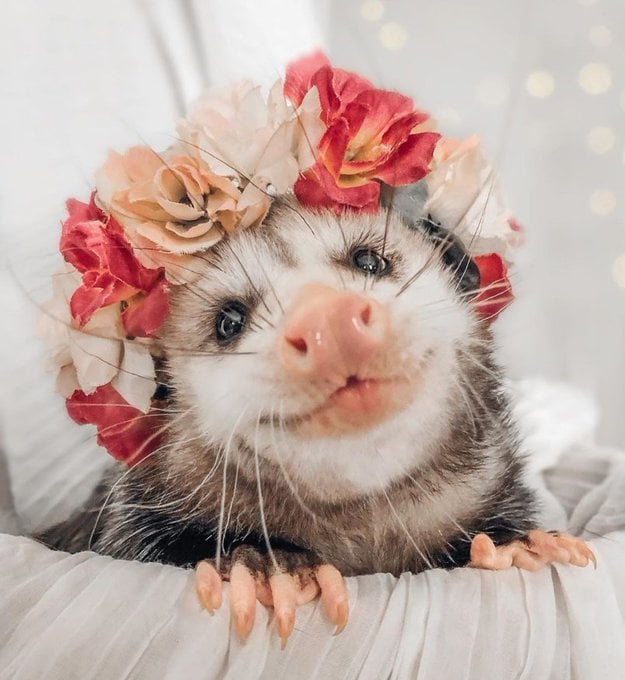

The two gfx IPs were in direct competition for 2020, if anything, the two platforms should be on par in terms of base level capabilities. Interesting to see them go with a fullHD panel, though. 1080p@120hz bodes pretty well for general performance expectations. Curious what the battery life will be like.
strix halo in any gaming handheld would be bizarre, much as I’d love to see it. I get the feeling valve would hold out just a little while longer before pulling the trigger on a second gen.









It’s fair to dream. I’ve no doubt the CPU core count will increase somewhat in the next iteration. I wouldn’t be surprised to see more fixed function hardware in their next (theoretical) SoC.
I’m not sure if we’d ever really see that much gfx resource in a handheld, at least for now. I agree it would be very cool but vendors need to strike a very fine balance as far as power is concerned. Could go for the ‘dock to unlock’ approach though I genuinely appreciate that the steam deck’s performance characteristics are 1:1 plugged in and on battery. Besides that, area is expensive, and the steam deck came in at an extremely attractive price in 2022 relative to other x86_64 handhelds on the market. I would hope price remains a focus to get Linux gaming and desktop experiences into more hands.
As for halo in particular, significant improvements have been made at a packaging level to minimise idle draw with the mcm design (and I think that is somewhat reflected in current OEM offerings) but it’s still not quite where you’d want it to be in a handheld system. That’s not to say it won’t get there eventually.